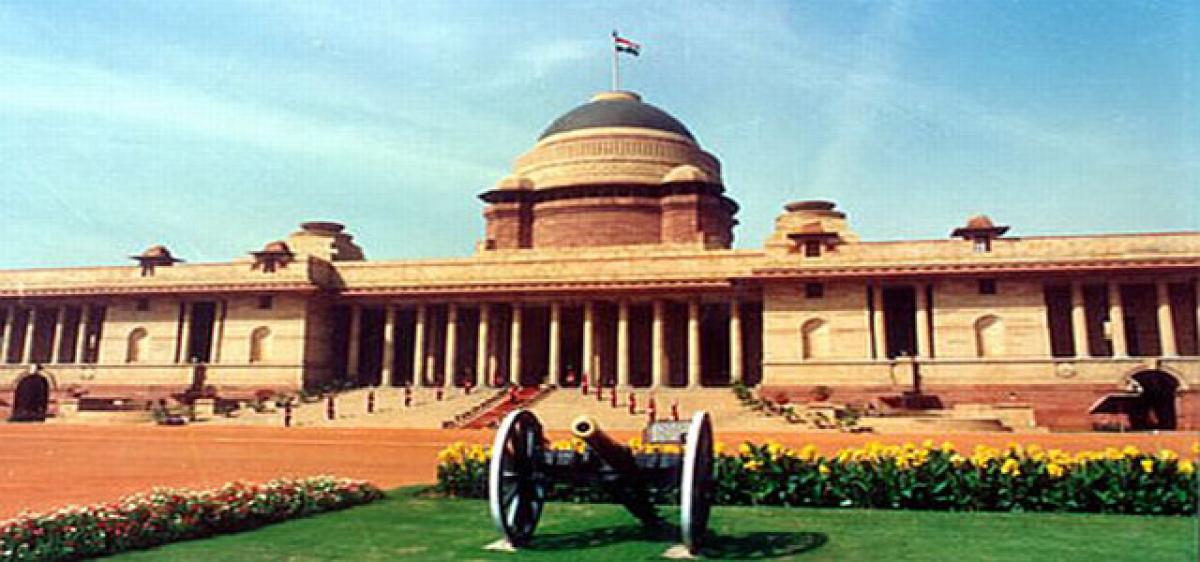Live
- More than a guess: Chief selector Bailey reacts to criticism over McSweeney's selection for BGT
- Remand Report in Lagcherla Attack Case Reveals 46 Accused
- Rahul Gandhi urges Wayanad to choose Priyanka as their new voice in Lok Sabha
- No demolition without serving 15-day notice: SC lays down pan-India directives
- Karnataka bypolls: 26.33 pc voting till 11 A.M. on three Assembly seats
- BJP's Dushyant Gautam blasts AAP for failing to handle pollution crisis in Delhi
- Who is Mohammed Kaif? - brother of Mohammed Shami who is playing in Bengal vs Madhya Pradesh Ranji Trophy match
- Cab fraud at airport generates heat on social media
- Bengaluru police operation: 64 people arrested, 140 kg of ganja seized
- Mohammed Shami in Ranji Trophy: Veteran pacer keen to prove a point; Shami’s younger brother Mohammed Kaif included in Bengal’s XI









